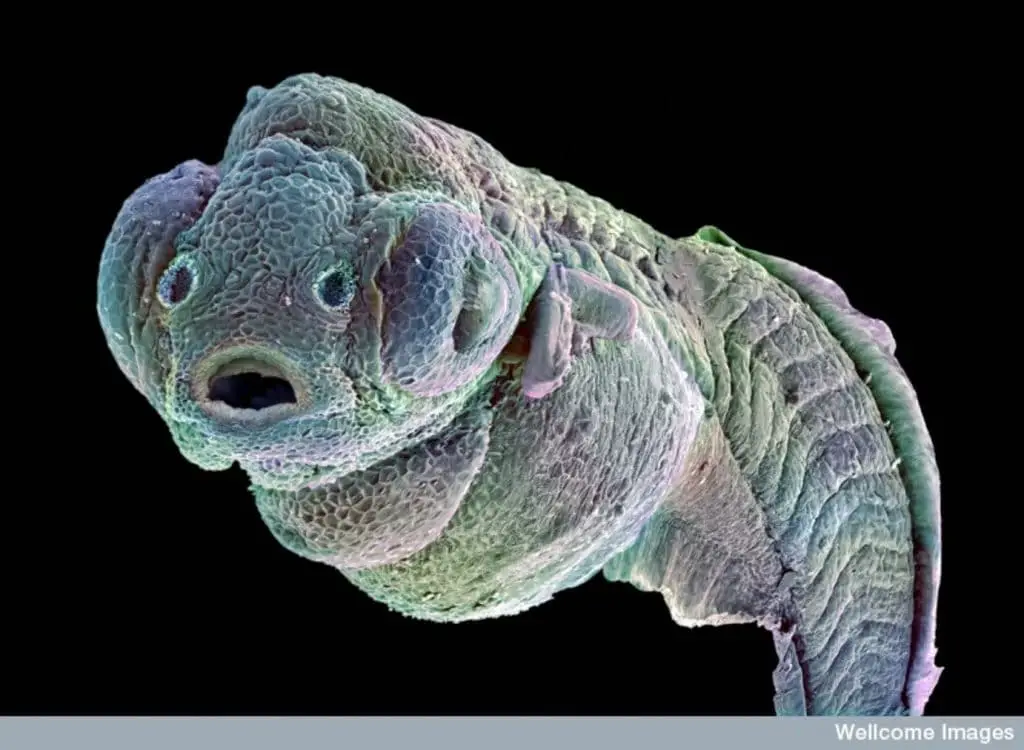Introduction
Studies on the evolution of the human Gastrointestinal Tract (GIT) have shown evolutionary traits that are similar to those of fish and other related vertebrates. This study has shed light on GIT illnesses related to the intestines and digestion, such as obesity, Irritable Bowel Syndrome and Diabetes, just to name a few. These findings were published in the PLOS Biology Journal on Tuesday 29th August 2017.
Senior researcher and author of the report, John F. Rawls, a molecular genetics and microbiology associate professor at the Duke University School of Medicine said that the results of the study suggest that fish, humans and related vertebrates share a common evolutionary path when it comes to the GIT, and that answers to some of these illnesses could be found in further study of these animals. The genes associated with the illnesses described above can be turned off and on, and therein lies the treatment and cure.

Supporting evidence from the sea
Another study of the enigmatic marine Penis Worm (Priapulids) shows that the same genes may be the ones that control the development of the GIT beyond mere vertebrates. Dr. Andreas Hejnol, a researcher at the Sars International Center for Marine Molecular Biology said that it was a surprise to find that Priapulids for the gut in much the same way as starfish, sea urchins, fish frogs and humans.
This shows that different organisms for the GIT using the same genes and this development are more than 500 million years old. The results of the study were published in the Current Biology journal on 25th October 2017.

Reasons why the study of the evolution of the GIT is so important
The GIT is central to several important functions in all vertebrates. Primarily it digests food and absorbs nutrients, but it also processes toxins and drugs, stimulates the immune system and provides protection against the bacteria that could be harmful were they to enter the blood stream and other organs.
It has been indicated that some defects in the epithelial cells of the GIT are the root cause of colorectal cancer, infectious diarrhea, malnutrition, food allergies, obesity, diabetes and inflammatory bowel syndrome.
For a long time, scientists have comparatively studied higher vertebrates to find answers to human diseases, but the link across species had never been clear till now.

Further study into the evolutionary paths of distant species
Colin Lickwar, another associate researcher and lead author, together with colleague have studied four species with distinctly different evolutionary paths to see if there are similarities in the evolution of the GIT. These species, humans, mice, zebrafish and stickleback fish have shown an oddly similar activity level of all their genes, and specific gene sequences in the same location which could be switched on and off.
Much to his surprise, Lickwar found that there was an amazing similarity between vertebrates. There was an intestinal epithelial sell structure that shared patterns along the GIT. These genes have been identified as causal to several human illnesses. If a control was to be found in one species, could it also be applied to another species, say human beings?

Implications in tackling human diseases
Human illnesses caused by the GIT have baffled scientists for a very long time. The results of this study have implications for the treatment of these diseases. The study of how fluorescent proteins were switched in the transparent zebrafish, could yield results that could be transcribed to humans.
Should treatments in these other species work, then scientists will only be a few steps away from finding treatments and cures for the diseases mentioned above. A lot of study still remains to be done, but this is one of the closets that researchers have been to finding a cure for diseases such as diabetes, which are difficult to manage, among many others..

Conclusion
The similarity in the GIT evolution of humans and other vertebrates is similar, and has been so for hundreds of millions of years. The ancient gene responsible for the development of the Gastrointestinal Tract is similar in all the animals studied and these can be transcribed to other animals as well. It therefore remains to be seen whether treatment of certain conditions in other species can be related to treatments for the same conditions in humans. Perhaps, illnesses like diabetes will be a thing of the past, thanks to the innovative studies conducted by these scientists.
The study conducted with other organizations has shown that organisms completed unrelated to each other along the evolutionary pathway could hold answers to illnesses and conditions that seem to have no treatment or cure. This is probably the beginning of an alternative way of looking for cures to various human illnesses.
The research was done as a collaborative effort between the Sars International Center for Marine Molecular Biology, the Duke University School of Medicine and the National Institutes of Health.

